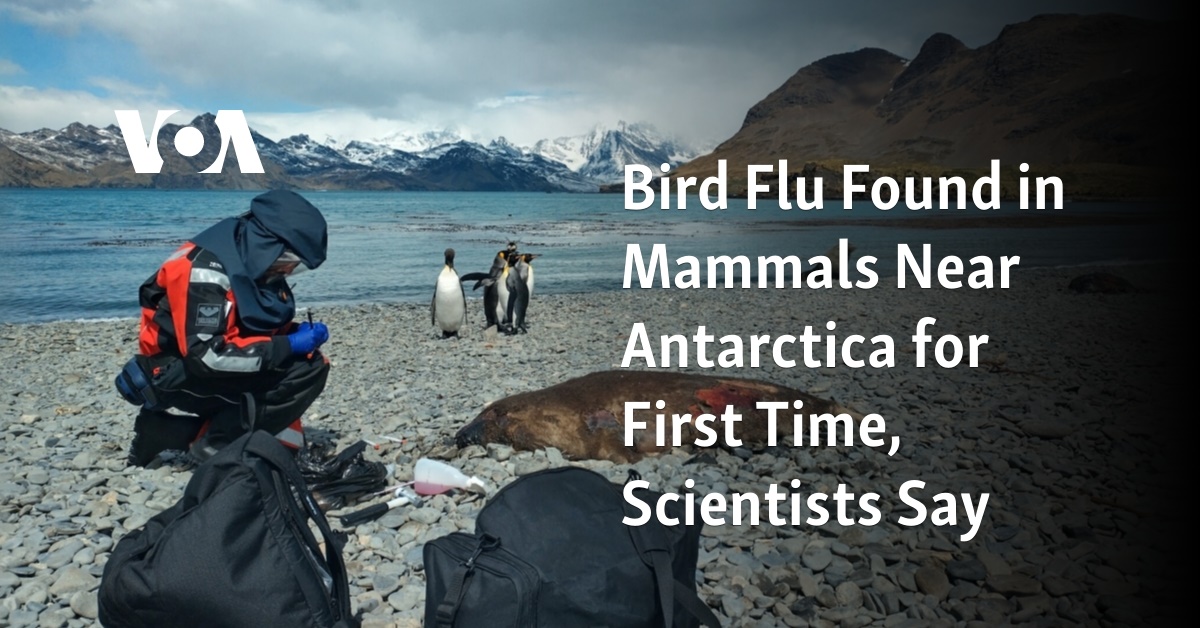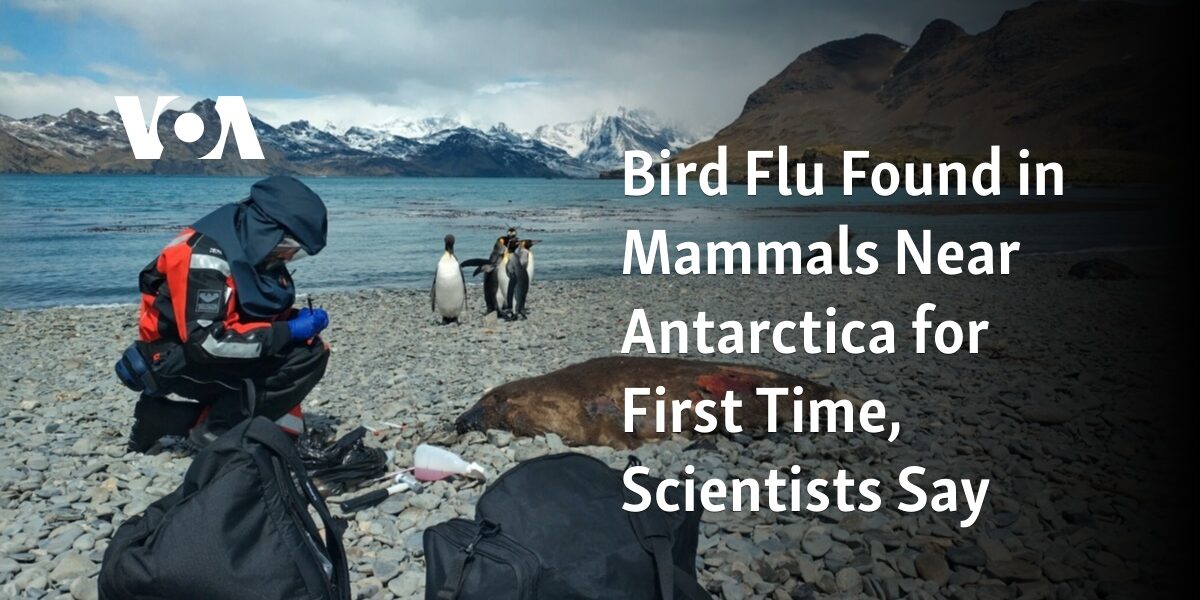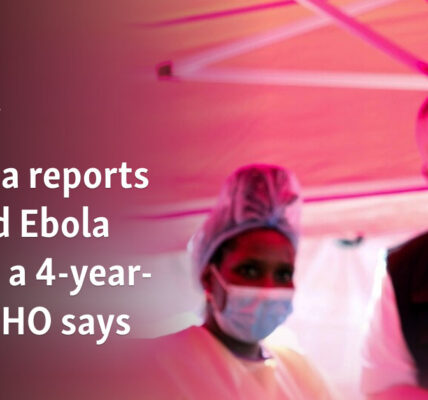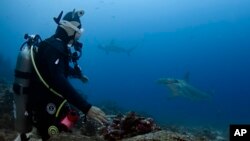According to researchers, avian influenza has been discovered in mammals near Antarctica for the first time.

confirmed
A team of researchers has confirmed that bird flu has now reached the fur and elephant seal populations on the sub-Antarctic island of South Georgia for the first time.
Conservationists were alarmed by the confirmation on Thursday of the highly contagious disease, which has already resulted in the deaths of millions of birds globally.
In October 2023, researchers initially suspected the existence of bird flu near Antarctica after observing the demise of multiple brown skua seabirds on Bird Island, which is a part of the British Overseas Territory of South Georgia and the South Sandwich Islands.
Afterwards, large numbers of elephant seals began to die.
In December, researchers from the Animal and Plant Health and Agency (APHA) and the British Antarctic Survey (BAS) from Britain conducted a three-week expedition to the impacted islands to gather specimens from deceased mammals and birds.
On Thursday, scientists reported that elephant seals, fur seals, brown skuas, kelp gulls, and Antarctic terns all tested positive for bird flu (HPAI H5N1) in their samples.
According to APHA’s scientific services director Ian Brown, it is disheartening and worrisome to witness the spread of disease among mammals in Antarctica, which is an exceptional and significant habitat for biodiversity.
The ongoing global spread of H5N1, originating in 2021, has resulted in the deaths of numerous birds on poultry farms. Experts are concerned about the potentially devastating impact on Antarctic wildlife. According to a recent report from OFFLU, a network of experts on animal influenza, the virus has the ability to infect 48 bird species and 26 species of marine mammals.
The examined specimens suggested that the virus was likely brought to South Georgia by migratory birds from South America.
According to ecologist Alastair Ward from the University of Leeds, seals, which are known for scavenging, can contract infections by consuming infected bird carcasses.
According to OFFLU, dense colonies of thousands of seals and hundreds of thousands of birds in Antarctica could facilitate the spread of the virus among individuals, potentially leading to a high death rate.
The virus does not seem to be affecting penguins, the most well-known animals in Antarctica, as there are no reports of higher-than-normal penguin deaths.
BAS, which manages two research facilities on South Georgia, has largely halted scientific fieldwork that involves direct interaction with animals due to confirmed cases. The International Association of Antarctica Tour Operators has also directed vessels to refrain from docking at certain sites on South Georgia and the Antarctic Peninsula as a precautionary measure.
Last week, officials in Alaska confirmed the first reported incident of a polar bear dying from H5N1, causing worldwide alarm about the virus potentially affecting endangered wildlife populations.
According to polar bear biologist Andrew Derocher from the University of Alberta, polar bears are not picky about their food source and will consume birds weakened or killed by avian influenza.
“If the item is deceased and also suitable for consumption, it is likely that they will consume it. There is a strong potential for a connection among climate change, avian influenza, bird deaths, and polar bears.”
Source: voanews.com




